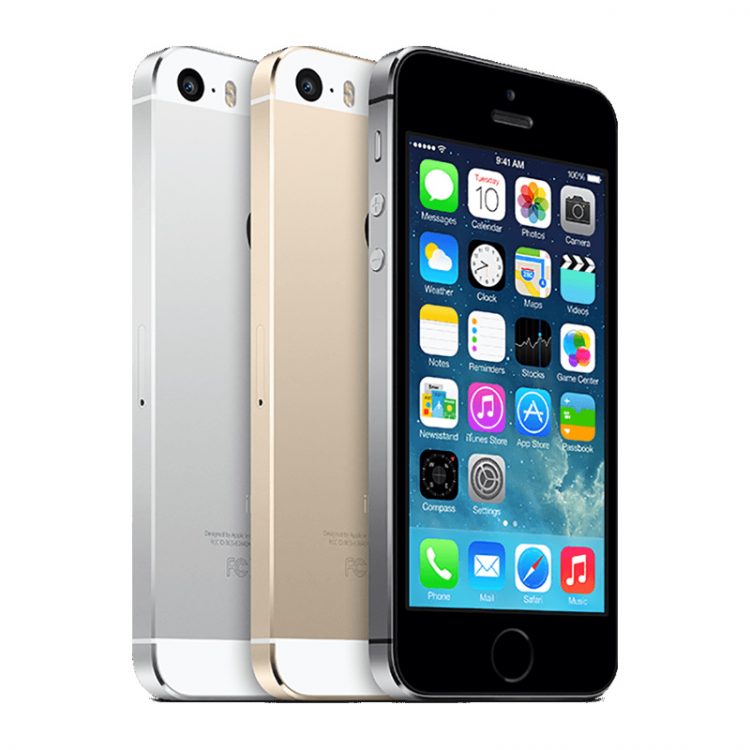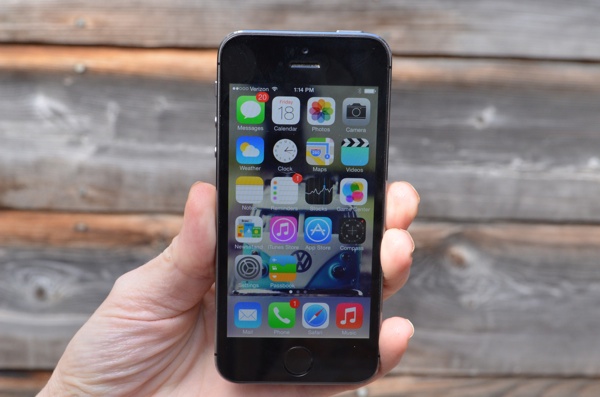
Apple calls the iPhone 5s, the most forward thinking iPhone yet. A departure from when Apple didn’t want to enter the feature wars, it claims to be the best smartphone in the world. Historically speaking, the “S” versions of Apple’s smartphones have changed little. On the outside and opted for significant changes under the hood. It remains the same here. iPhone 5s also brings 64bit support, Touch ID fingerprint sensor. And a completely overhauled operating system. Does all this line up to make the investment in the iPhone worth it? We find out in our review.
Hardware
There are few changes here compared to previous iterations. You still have a 4-inch display that feels short of the 5-inch Plus behemoths that are its competition. There’s a simplicity to the iPhone’s design that carries through the generations. And the 5s emphasizes it even more.
A polished metal rim surrounds the glass construction. Chamfered edges emphasize the design. The dimensions of the phone remain the same and it still weighs a feather light 112 grams. The screen is a retina panel with a resolution of 1136 x 640 which. While not quite as high resolution as Full HD panels, manages better color accuracy than most. Additionally, the brightness rating of 500 nits is quite impressive.
The iPhone 5s may be part of Apple’s third design revision and, like the 4s, continues the standard set by the iPhone 5. But it’s not quite the same. Perhaps the most visible change is the Touch ID fingerprint scanner. That surrounds a stainless steel ring embedded in the home button. The steel ring is used to guide the user to the sensor area as well as activate the Touch ID sensor. The bottom of the phone has a Lightning port flanked by speaker grills on either side. There is a 3.5mm audio jack on the left side.
Move the back of the phone and if you look hard enough, you’ll see some changes again. The iPhone 5s gets a new type of LED flash called True Tone. The dual LED flash has white. And amber elements that analyze the ambient color temperature. And an LED flash helps you get true-to-life images instead of the ghosts that are usually produced. It is the sum of almost all external changes. Apple introduced a gold variant of the iPhone 5s which you can see here in our gold iPhone 5s gallery.
Software
With the iPhone 5s comes a major new version of iOS. The seventh version of iOS is probably. The biggest update since Apple added the ability to have native apps on the iPhone. A completely new interface greets you the moment you turn on the phone. Bright and colorful, Cupertino did a decent job of cleaning up the craft.
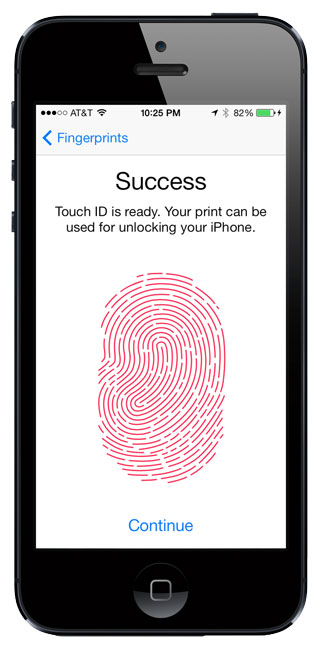
The interface gets a ‘flat’ new look and fonts look particularly crisp. While the basic interface navigation for Contacts remains the same. Most of the apps have been overhauled. No skeuomorphism is seen.
Among the new additions to the operating system is an updated notification shade. That can now display notifications in three distinct ways. It is possible to view events from the current day, all days and missed notifications. Also includes calendar notifications, current date and weather conditions. A control panel can be activated by swiping up from the bottom. It comes with direct toggles for Plane Mode, WiFi, Bluetooth, Do Not Disturb, Rotation Lock. While not configurable, you get sliders to control brightness. And a full music player section that lets you adjust volume. The bottom half circle is AirDrop. Placed above the AirPlay toggle toggle for Torch, Clock, Calendar, Camera.
There is more to change than meets the eye. There is a spruced up keyboard while you can now add as many items to folders as you want. Siri gets a visual overhaul as well as the ability to search Twitter, Wikipedia. Moreover, Apple has added intelligent background updates to the operating system. The phone now learns your usage patterns and will update specific apps you may use
Performance
Day-to-day performance on the iPhone 5s is top notch. Although the iPhone 5 was faster, the 5s is still faster. The interface is fluid and apps open as quickly as ever. although as is par for the course with every upgrade, there’s a big change under the hood. The new A7 processor chip is the first 64-bit phone to use the ARMv8 instruction set.
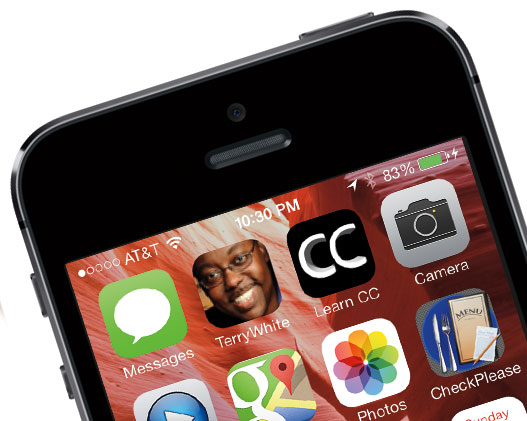
64 bit support means apps built for iOS7 will perform better. rely Less on using the device’s main memory and consume less battery life. Exactly how 64 bit computing works is an article for another day but suffice it to say. That Apple is once again the industry leader in a trend that will become mainstream in the next 12-24 months. The brand new GPU gains support for OpenGL ES 3.0 ensuring that you will get better and more complex games soon.
The phone also has a new M7 coprocessor. Coprocessor is a dedicated motion tracker. That will greatly improve battery life while using your phone. The M7 chip takes data from the gyroscope, accelerometer. And compass inside the phone without activating the more power-hungry A7 chip.
Display
We’ve mentioned it before and we’ll say it again, the iPhone 5s’ display is just as good as the iPhone 5’s. But that’s far from a bad thing. The IPS panel with a resolution of 640 x 1136 stretched across a 4-inch panel gives it a pixel density of 326ppi.
Icons and text look crisp and while the display is on the small side. This contributes to making the form factor more suitable for one-handed use. The display has excellent color rendition and great viewing angles. It’s also one of the brightest panels we’ve seen recently. Our only gripe with the display is that we feel the size is getting a bit long in the tooth. And we would certainly appreciate a larger panel.
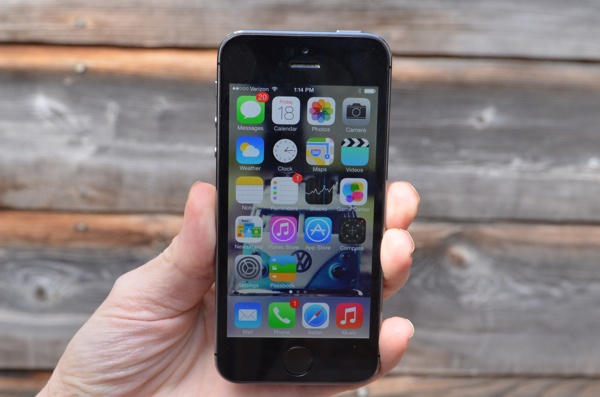
Camera
iPhone 5s continues to deliver a simple yet solid imaging experience. The camera is an 8MP unit with a pixel size of 1.5 µm. It also has a large aperture of f/2.2 which should help with low light imaging. Apple claims a 33 percent improvement in low-light shots, and our tests back up that claim. The camera certainly isn’t as good as some of the newer Lumia devices. But it holds its own against most of the Android competition.
The other half of the story here is the addition brought by the iOS 7 update. The interface has received a fresh coat of paint which also brings with. It some more capabilities. You can now shoot images in 1:1 (square) format as opposed to 4:3 shots from before. Of course there is a built in panorama mode. A variety of filters can also be applied to images and previewed in real time. Showcasing the power of the phone’s new 64bit A7 processor.
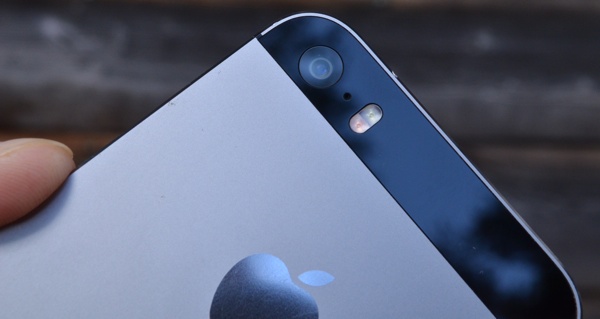
Then onto the image sample. Daylight performance isn’t all that different from the iPhone 5. Photos look nice and crisp with HDR mode helping to extract more detail from shadow areas. There is a hint of noise introduced by overly aggressive compression algorithms. But not enough to be a nuisance.
Low light shots are a definite improvement and not only does noise levels stay under control. But the new TrueTone flash helps maintain natural color. And white balance in images even in very poor lighting conditions. The camera can shoot video at 1080p resolution but introduces a new. 720p 120FPS mode for slow motion video capture. Visit our camera sample gallery for more photos and videos shot on the iPhone 5s.
Touch ID
The biggest and obviously most visible change to the iPhone 5s is. The presence of the Touch ID sensor on the home button. While the promise is bigger than what was delivered with the first version. What really blew us away was how well the hardware component integrated with. The operating system as a whole. Fingerprint sensors in phones are not new. We’ve seen them on Windows Mobile devices and HTC brought them to the HTC One Max. But they all feel like hacks compared to Touch ID.
The capacitive fingerprint sensor built into the iPhone 5s is one of the most advanced ever used. The steel ring around the sensor acts as a trigger to detect your finger and activate the scanner. The Touch ID scanner then takes a high resolution image of the sub-epidermal skin. At 500ppi to map your fingerprint. The initial set up process takes about a minute. After which you can unlock the phone using your finger as well as allow purchases on iTunes and the App Store.
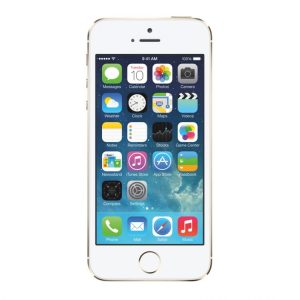
In its current incarnation, the implementation serves. The added convenience of not having to constantly. Enter your password every time you unlock your device or buy an app. It may seem like you’re only saving a few seconds here and there but it adds up. And it’s hard to pass up the convenience once you take a look at how fast and effortless Touch ID works. But what we’d like to see is Apple giving Touch ID access to apps. Imagine having all your web and application passwords stored in one place. And being able to log in by activating your fingerprint. We believe this will eventually happen once Apple rolls out Touch ID across. Its product portfolio and irons out any and all issues with the system.
Connectivity and battery life
The iPhone 5s has all your standard connectivity options like aGPS. GLONASS, Bluetooth 4.0 and wifi b/g/n support but the biggest difference here is the global LTE support. There are 4 SKUs on offer depending on the region Dubbed the A1453, A1533, A1457. And A1530, the first two SKUs target the US market with. The latter two heading to Europe and Asia respectively. The A1453 supports 13 LTE bands which means it will work on every US network while the A1533 is a dual GSM + CDMA variant. As usual the phone will ship in 16.32 and 64 GB configurations.
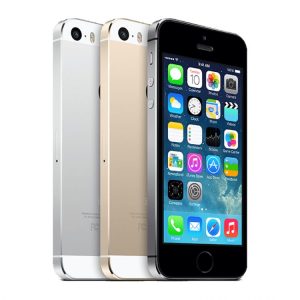
Compared to Android flagships, the iPhone 5s has a smaller 1,580 mAh battery pack. That’s an improvement over the iPhone 5’s 1,440 mAh cell That said. Don’t let the numbers fool you as the iPhone 5s offers absolutely stunning battery life. Not only were we able to get more than 10 hours of HD video playback from the phone. We could easily get more than a day of active use out of the device. Your mileage may vary but moderate use should easily provide about 2 days of use from the phone.
Conclusion
As you’d expect, the iPhone 5s is the best iPhone yet. Apple has given a measured but meaningful update. To what remains one of the most popular smartphones out there. The front-facing 64-bit processor, M7 motion coprocessor. And Touch ID all combine to give the hardware platform a significant boost. On the software front, iOS7 brings a wealth of APIs. That allow developers to use new hardware and provide compelling use cases. And this is where the iPhone’s power lies.
Are the changes enough to buy a new phone? If you are an iPhone 4/4s user then definitely yes. The phone is a significant upgrade with much faster internals and a brand. New interface that fits like a glove and works better on this new hardware. For iPhone 5 users, but, the decision is a bit tougher. Touch ID is a great new feature but not reason enough in our opinion. There is also the slight matter of the iPhone 5s price which starts at BDT 53,500 for the 16GB variant and Rs. 71,500 for the 64GB version. That’s a lot of money to spend on a phone, and we don’t think. There’s enough incentive for those engaged. In the Android ecosystem to consider the trade-off. When a well-equipped Android flagship device can be had for significantly less.

